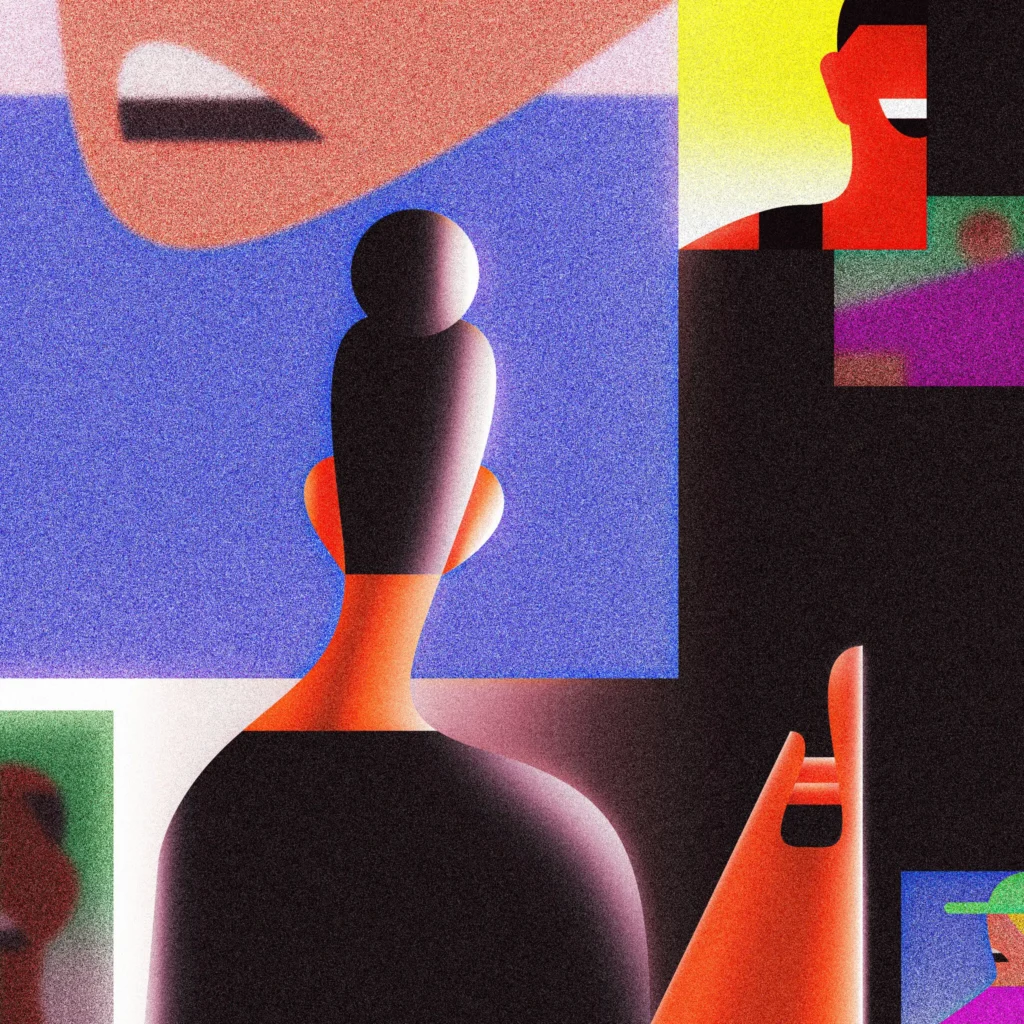This following is an excerpt from “Dating Is Broken. Going Retro Could Fix It.” published on September 29, 2022 by Samantha Edwards, originally available for The New York Times.
A reacquaintance with more traditional forms of meeting and falling in love makes me feel hopeful. I see signs of a culture grasping for the things it rightly needs. In today’s largely online world, burnout, opacity, and callousness define dating, reflecting the values of a society that prizes individualism, privacy and choice in nearly all things — including matters of the heart. But while dating is more convenient than it has ever been (people find dates while sitting on the toilet), it’s clearly falling short.
There are elements of traditional dating culture that can provide solutions not just to the way we find people to date but also to the way we navigate relationships. Through conversations with traditional and secular daters, I’ve come to see three practices as particularly promising for people who are looking for committed, long-term relationships: meeting partners through friends, family or matchmakers rather than online; early, upfront communication around long-term goals and values; and delaying sexual intimacy.
….
In October 2019, Pew conducted a survey to understand Americans’ attitudes toward romantic relationships. Most daters told Pew their romantic lives weren’t going well, and three-quarters of respondents said that it was difficult to find people to date.
When asked why finding a date was so difficult, reasons varied by gender. Women tended to say that it’s challenging to find someone who meets their expectations or is looking for the same type of relationship. Men mostly said they have trouble approaching people.
These complaints seem counterintuitive. Internet dating promises an abundance of choice (to meet any standard), a profusion of filters (to suit any relationship) and low barriers to reaching out (to relieve any anxiety). But, as I found when I talked to people about what it’s like to date now, the theoretical abundance of options, filters and low barriers to engagement often don’t translate to high-quality interactions. Instead, daters find themselves caught in a cycle of unanswered messages and dead-end interactions, contributing to a ubiquitous feeling of “dating app burnout.”
Things were different before the rise of online dating. From the mid-1940s until 2013, heterosexual Americans were most likely to meet their romantic partners through friends. Families were also big in the matchmaking business — as late as 1980, almost 20 percent of heterosexual couples met with their help. Matchmakers, both formal and informal, continue to play a major role in connecting singles in plenty of more traditional communities.
Think of what this more traditional model solves. A mediated match tends to connect individuals who are looking for the same kind of relationship and who have the education, religious background or values the other is looking for. It may ease the difficulties of approaching a potential partner by having a third party arrange the meeting. Plus, as anyone who’s been ghosted or harassed by a paramour can attest, there’s a benefit to the behavioral accountability a mediated match offers. One single woman told me that you can’t treat a person met via a setup as “completely disposable” because you have a mutual connection it might get back to.
….
This permission to ask for what you want and need is a built-in feature of some more traditional dating cultures, in which alignment of fundamental values and life goals can happen even before the first date.

